I have a pretty simple .csv table with data about flat prices in several cities around the world for the years by date (city ID, city name, date, rooms, price and discount).
I want to predict flat price AND discount on the given date in the future.
The price is indicated without the discount, therefore we will assume that it hasn’t any connection with the discount and a discount CANNOT be presented in the form of (price - discount) formula. Discount can be only 5, 15 or 30%.
- What is the best way to set a date in table? (Can I represent date as Double in DDMMYYYY format?)
- What is the best way to set a discount in table? (And in which format should I get it in the output?)
- Can I get two outputs in one data model or should I split them into two?
- Which algorithms should I choose (MLRegressor, MLClassifier or something specific)?
Thank you!
